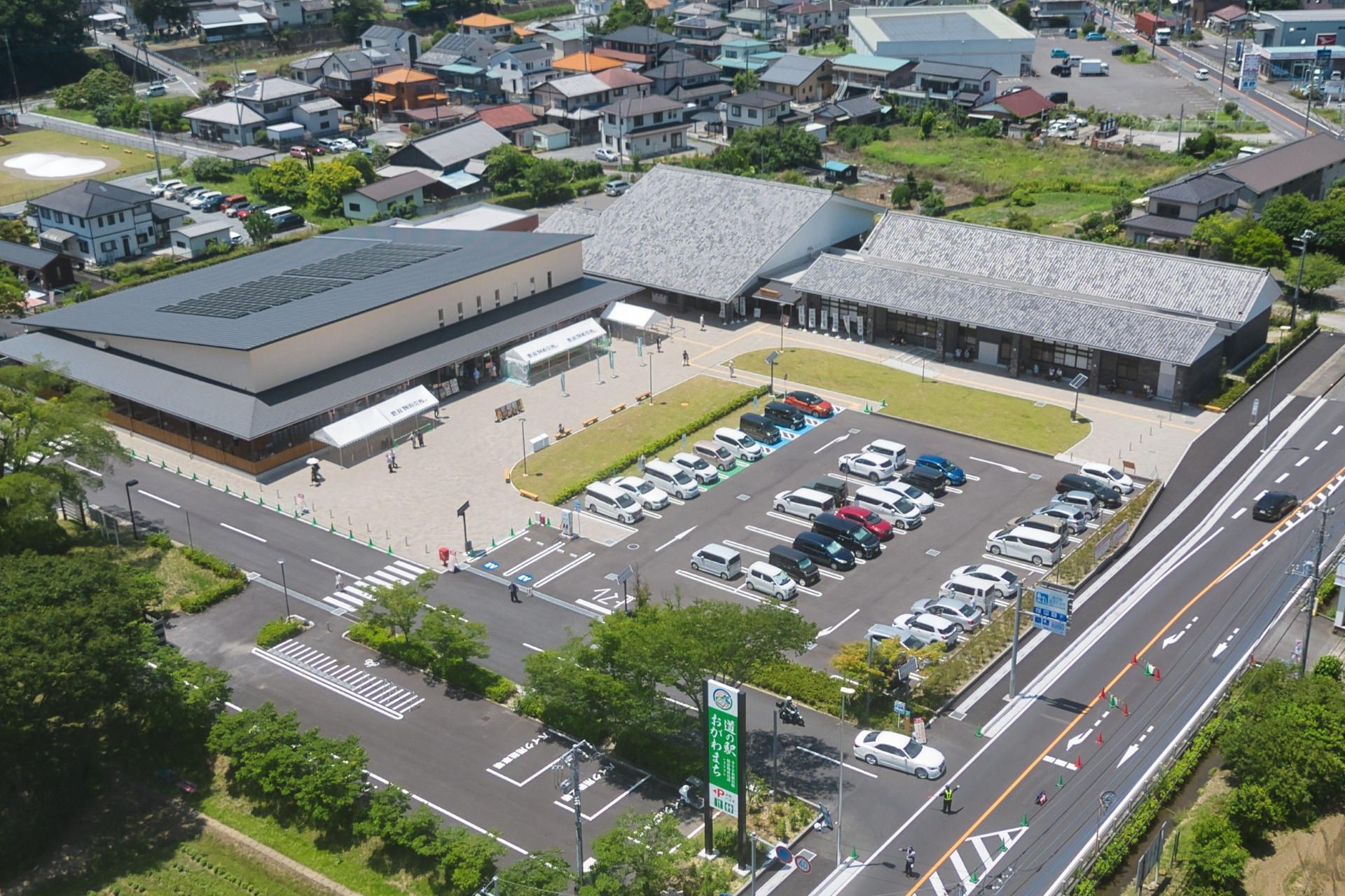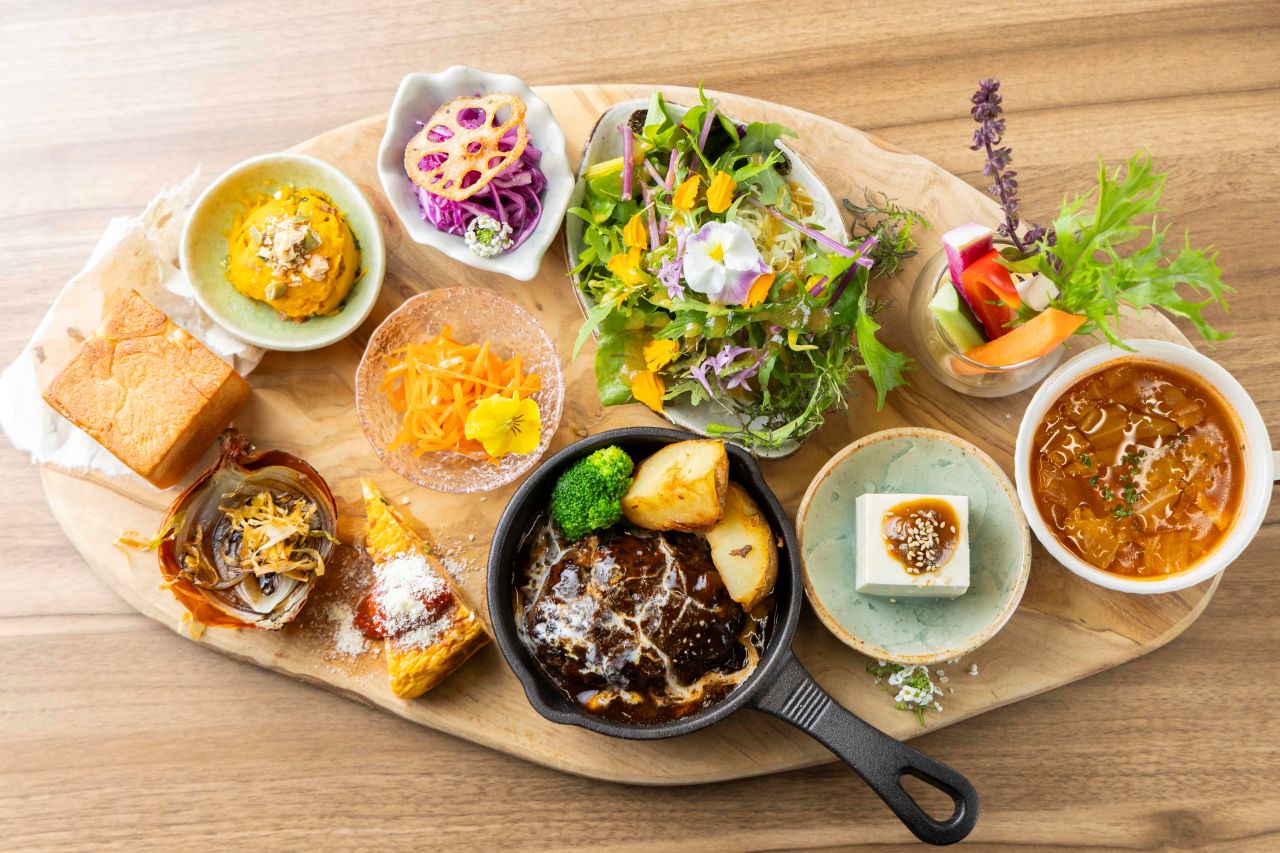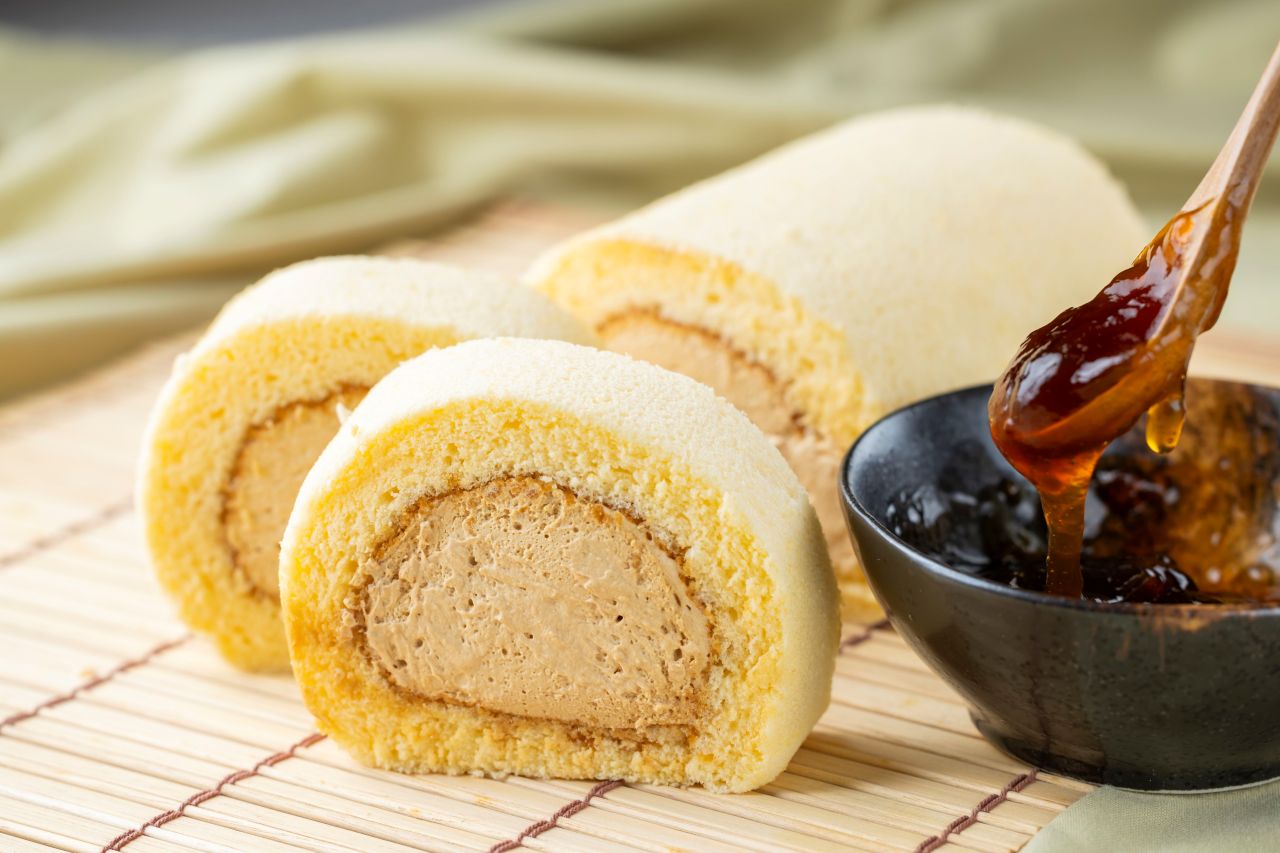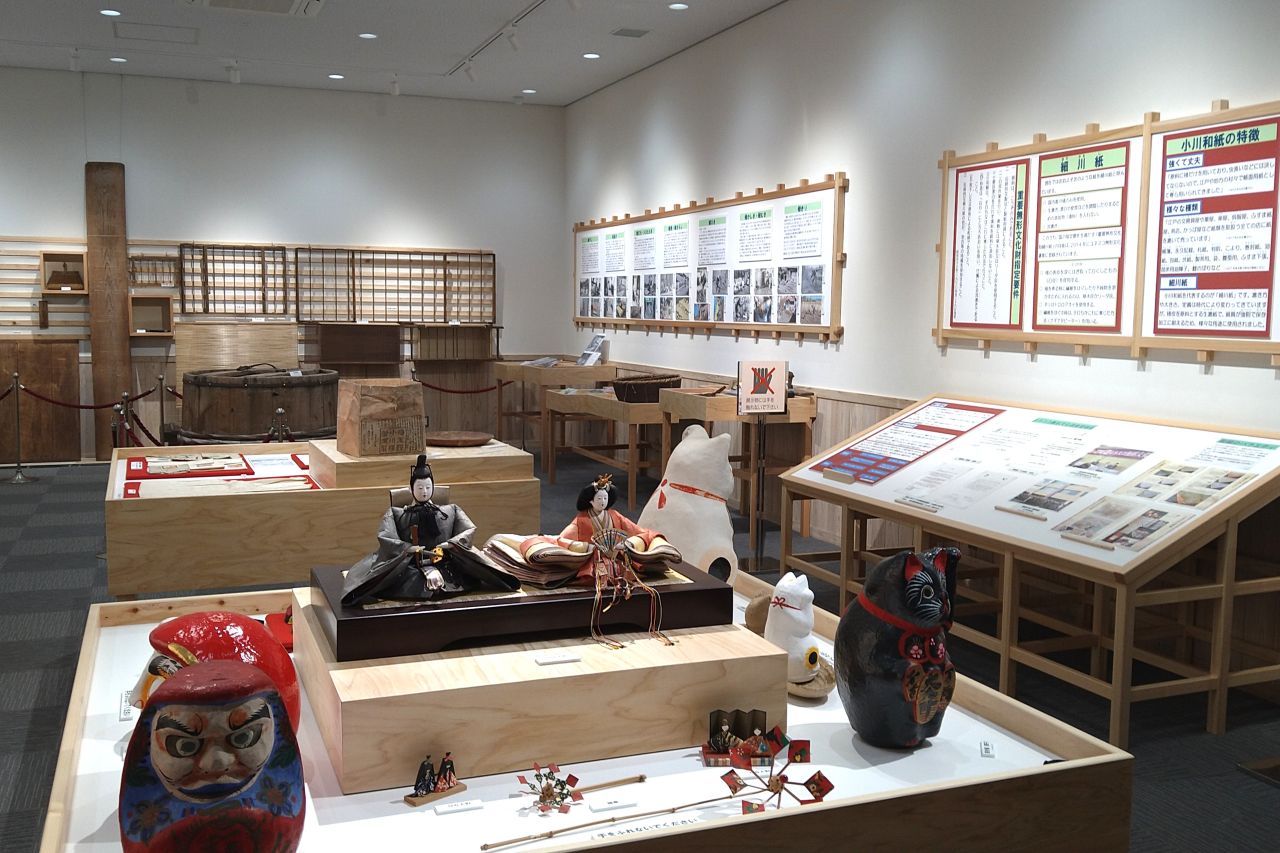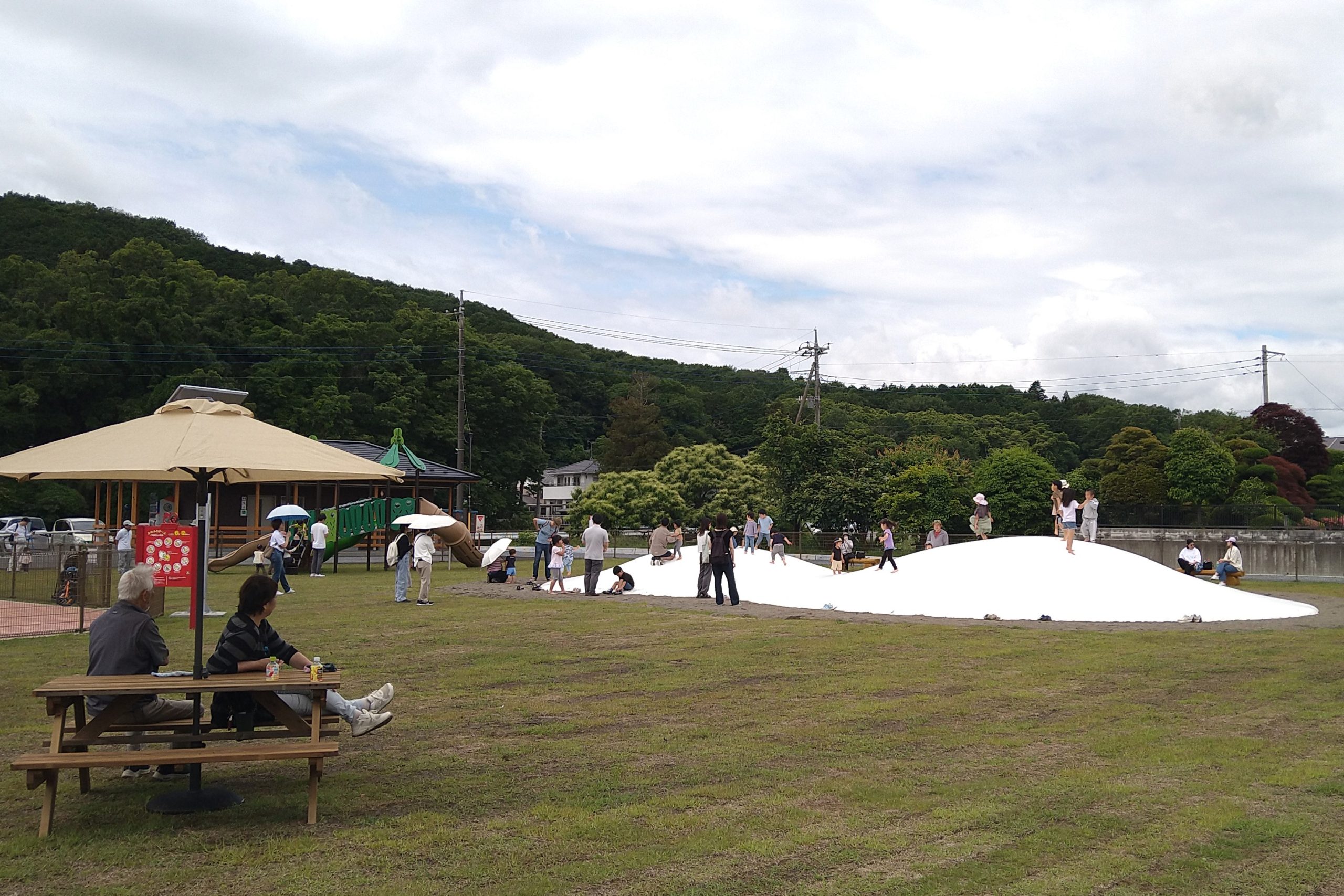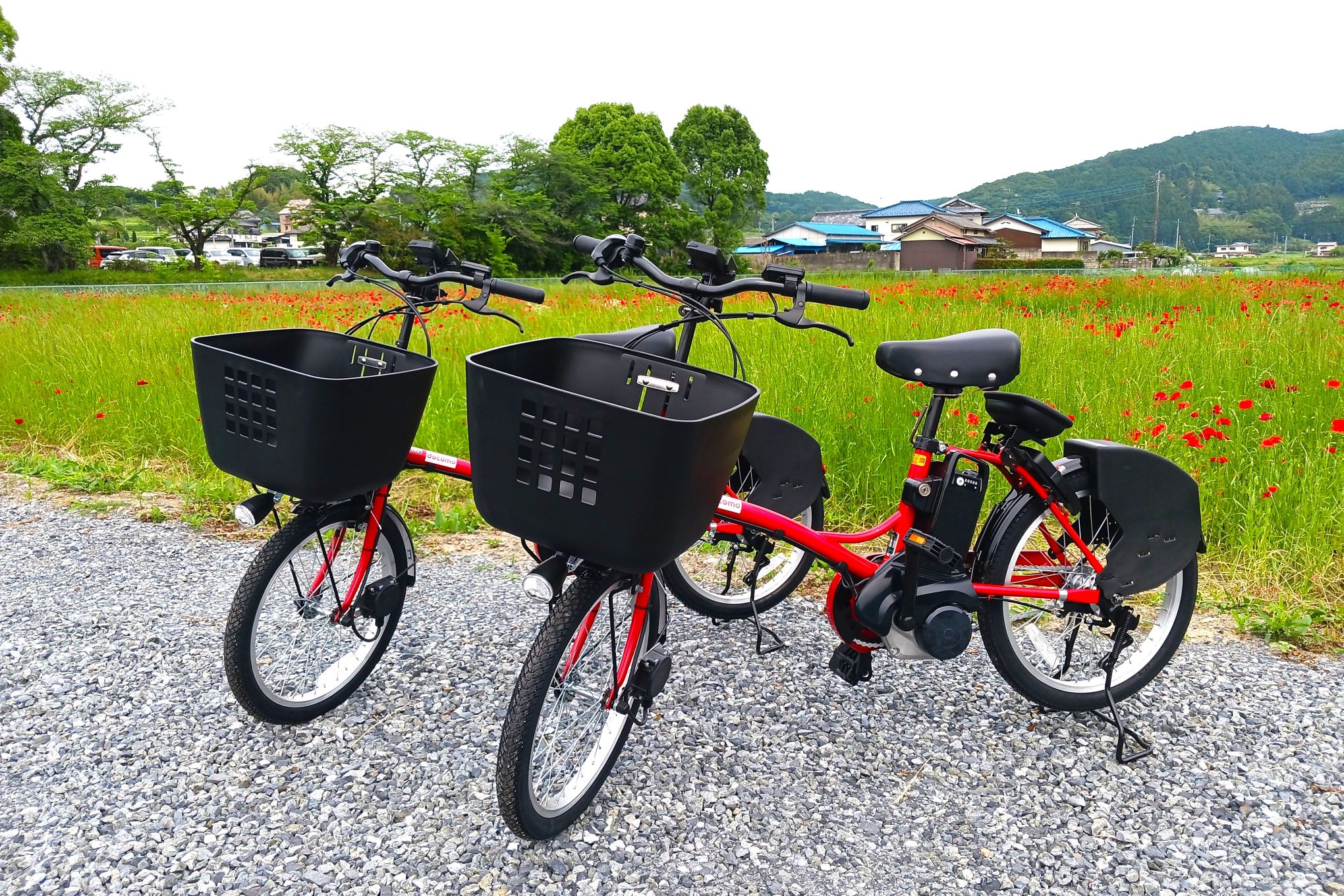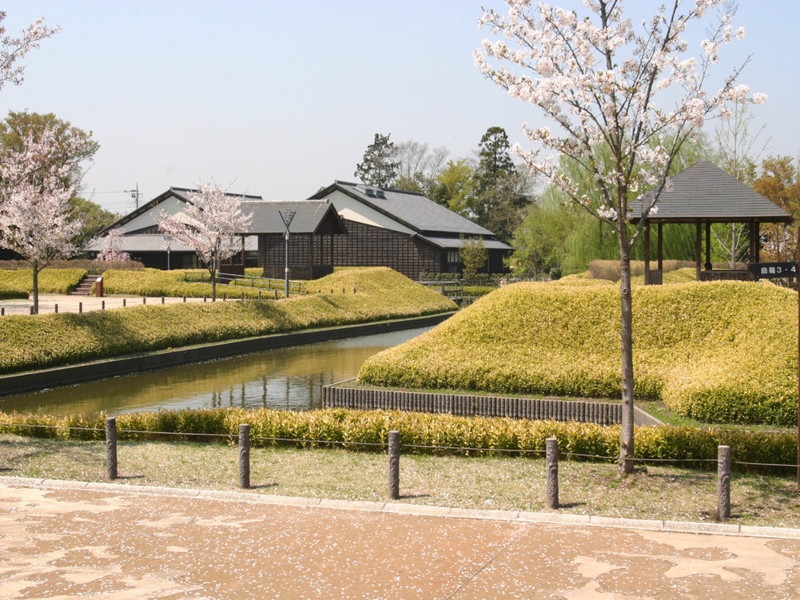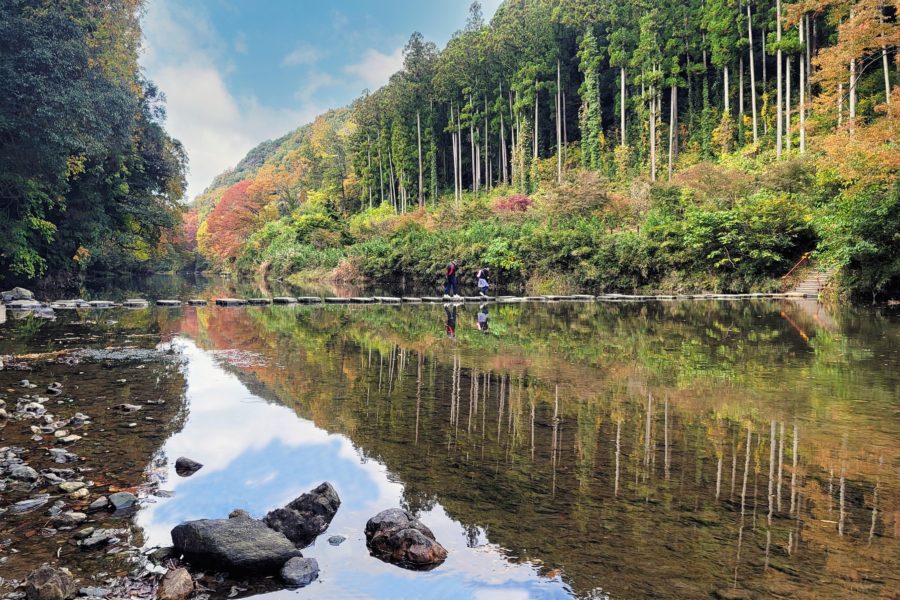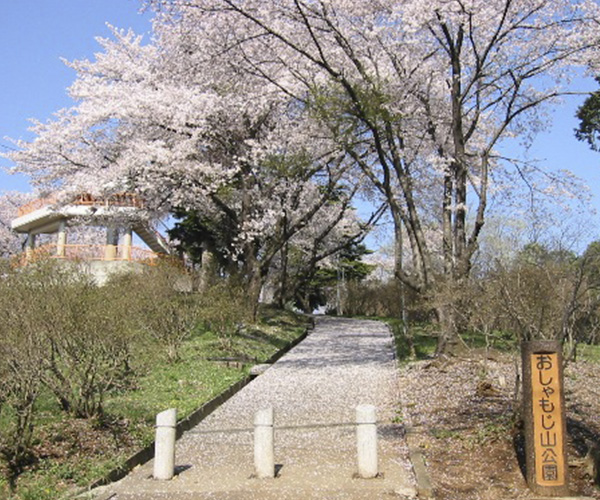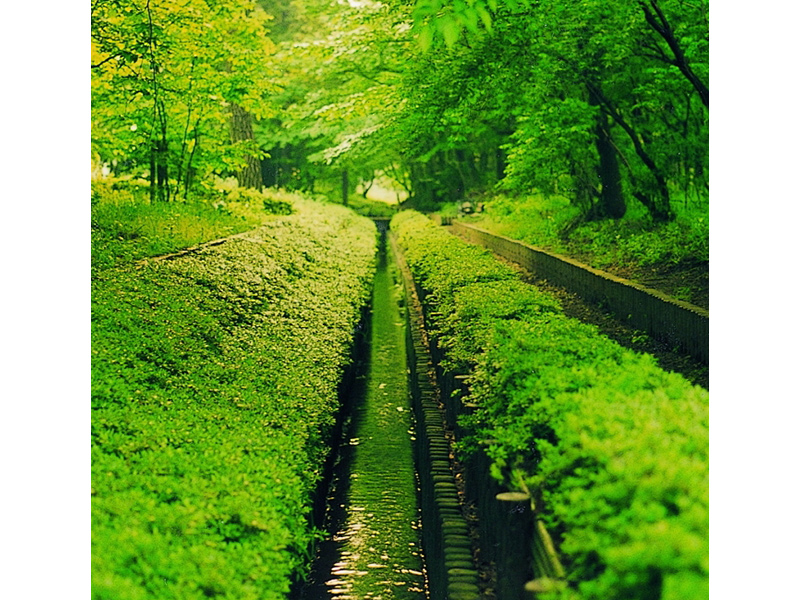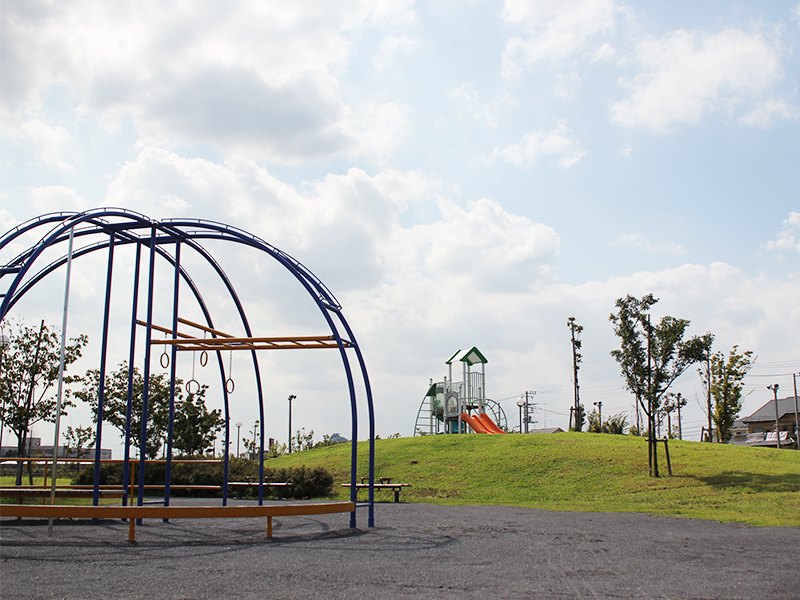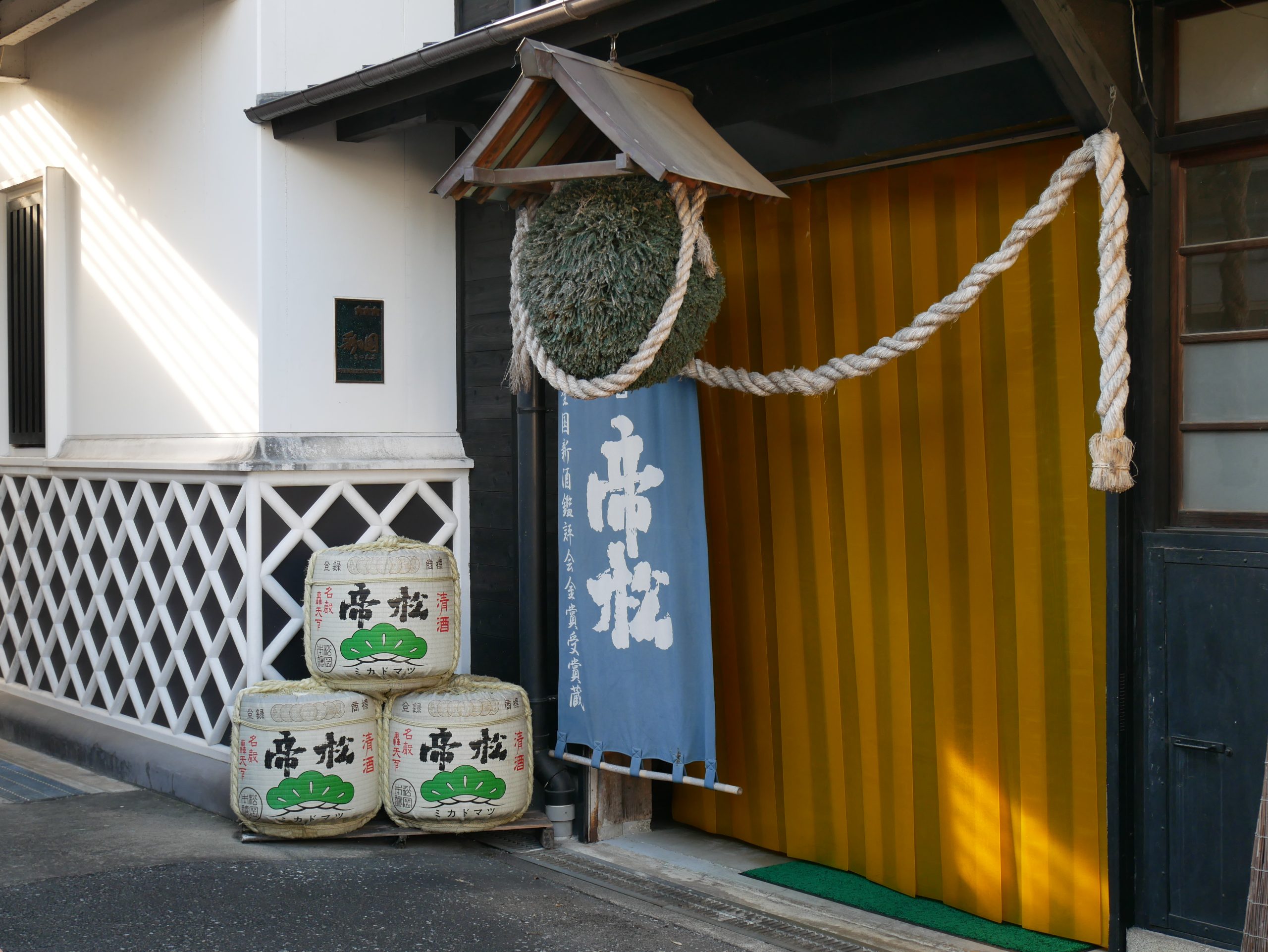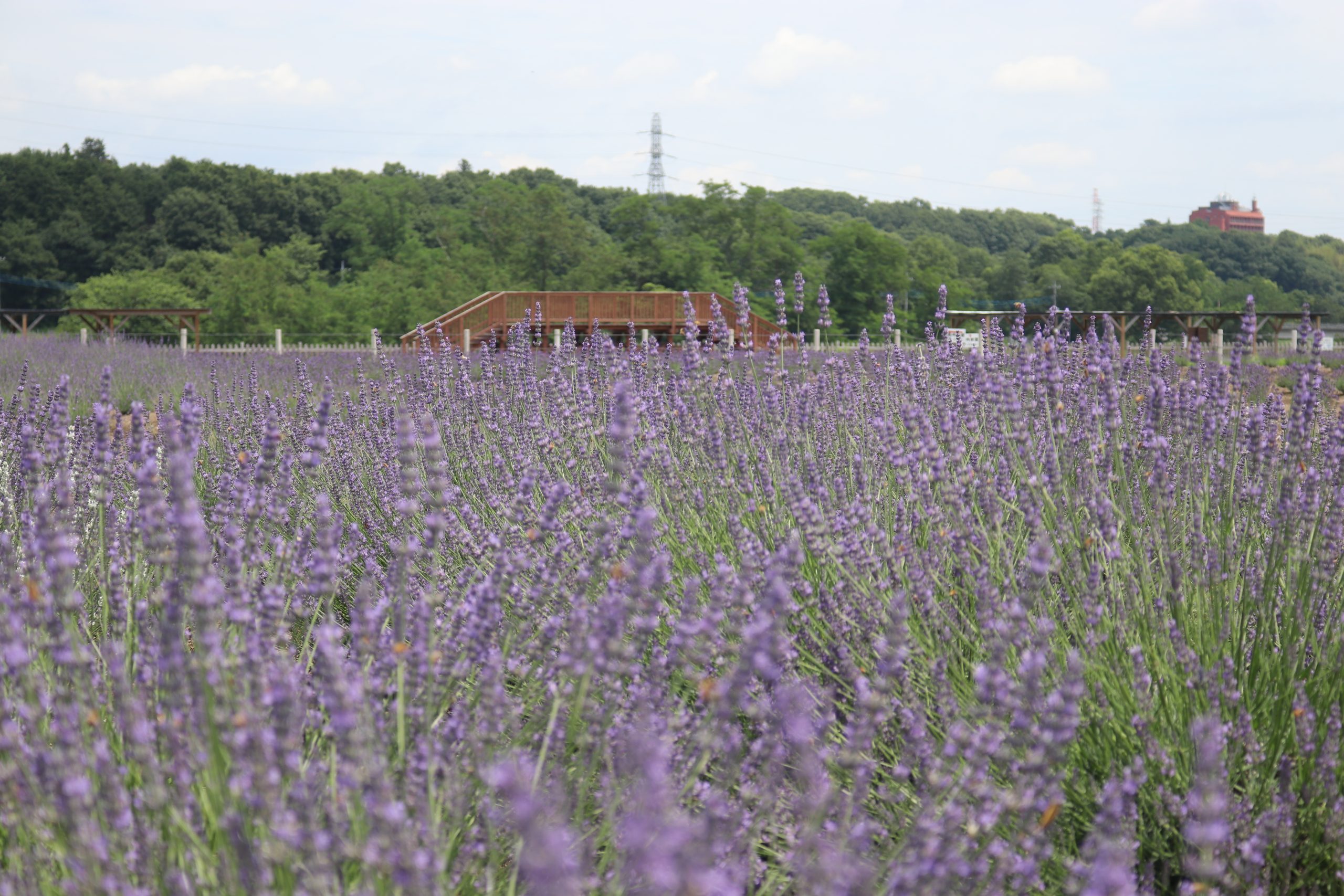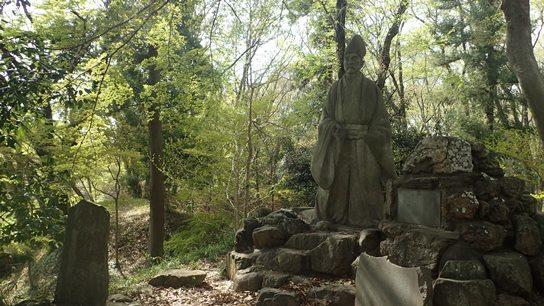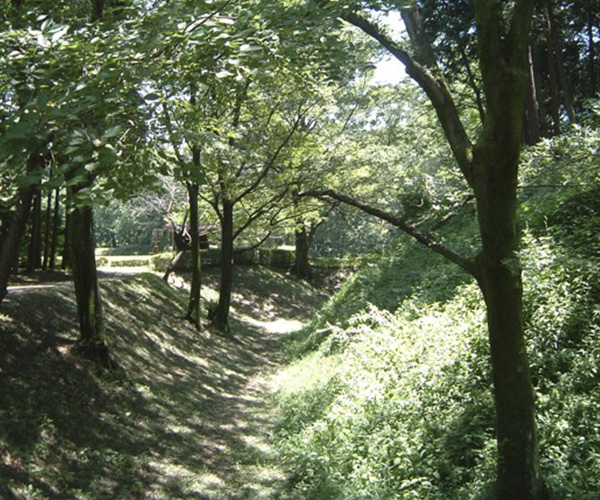Roadside Station Ogawamachi
sightseeing
Reopening May 30, 2025: Roadside Station Ogawamachi is being renewed as a vibrant hub for cultural exchange and regional revitalization, centered around the theme of “Handmade Washi Paper and Organic Lifestyle.”
[Traditional Craft Area]
Try your hand at traditional papermaking, uchiwa fan crafting, and washi lantern making. Please visit our Traditional Crafts Facility page for more details. There’s also a washi exhibition room and a shop where you can purchase washi products.
[Local Industry Promotion Area]
Features a gift shop with local specialty products, a farmers' market selling fresh local produce, a cafeteria, and places to enjoy fast food and sweets.
[Community Plaza]
Includes a fun playground for children. You can also rent electric bicycles for touring the surrounding countryside.
[Traditional Craft Area]
Try your hand at traditional papermaking, uchiwa fan crafting, and washi lantern making. Please visit our Traditional Crafts Facility page for more details. There’s also a washi exhibition room and a shop where you can purchase washi products.
[Local Industry Promotion Area]
Features a gift shop with local specialty products, a farmers' market selling fresh local produce, a cafeteria, and places to enjoy fast food and sweets.
[Community Plaza]
Includes a fun playground for children. You can also rent electric bicycles for touring the surrounding countryside.
Basic Information
Location
1220 Ogawa, Hiki District, Saitama 355-0321
TEL
0493-72-1220
Home page
Business hours / Fee
Business hours
- Roadside Station / Local Industry Promotion Area: 9:00 AM – 5:00 PM
- Traditional Craft Area: 9:30 AM – 5:00 PM
- Community Plaza: 9:00 AM – 5:00 PM
- Traditional Craft Area: 9:30 AM – 5:00 PM
- Community Plaza: 9:00 AM – 5:00 PM
Regular holiday
- Roadside Station: Open year-round (no holidays)
- Traditional Craft Area: The washi workshop is closed on Mondays
- Community Plaza: Open year-round (no holidays)
- Traditional Craft Area: The washi workshop is closed on Mondays
- Community Plaza: Open year-round (no holidays)
Fee
- Traditional Craft Area: Facility tours are free of charge.
- Workshops and hands-on experiences require a fee (prices vary by program).
- Community Plaza: The inflatable dome and combination playground equipment are free to use.
- Rental Services: Electric bicycles are available for a fee.
- Workshops and hands-on experiences require a fee (prices vary by program).
- Community Plaza: The inflatable dome and combination playground equipment are free to use.
- Rental Services: Electric bicycles are available for a fee.
How to get there
Public transport
From Ogawamachi Station (Tobu Tojo Line / JR Hachiko Line):
- Take the bus bound for Ogawa Park Hill, and get off at Dento Kogei Kaikan-mae (Traditional Craft Hall). The facility is right in front of the stop.
- Rent a bicycle at the Ogawamachi Tourist Information Center in front of the station. It’s about a 15-minute ride.
- Take the bus bound for Ogawa Park Hill, and get off at Dento Kogei Kaikan-mae (Traditional Craft Hall). The facility is right in front of the stop.
- Rent a bicycle at the Ogawamachi Tourist Information Center in front of the station. It’s about a 15-minute ride.
Car
About a 10-minute drive from the Kan-Etsu Expressway “Ranzan-Ogawa” Interchange (IC).
Parking
- Regular cars: 186 spaces
- Disabled parking: 6 spaces
- Parking for pregnant women, etc.: 3 spaces
- EV charging stations: 2
- Large vehicles: 10 spaces
- Disabled parking: 6 spaces
- Parking for pregnant women, etc.: 3 spaces
- EV charging stations: 2
- Large vehicles: 10 spaces

